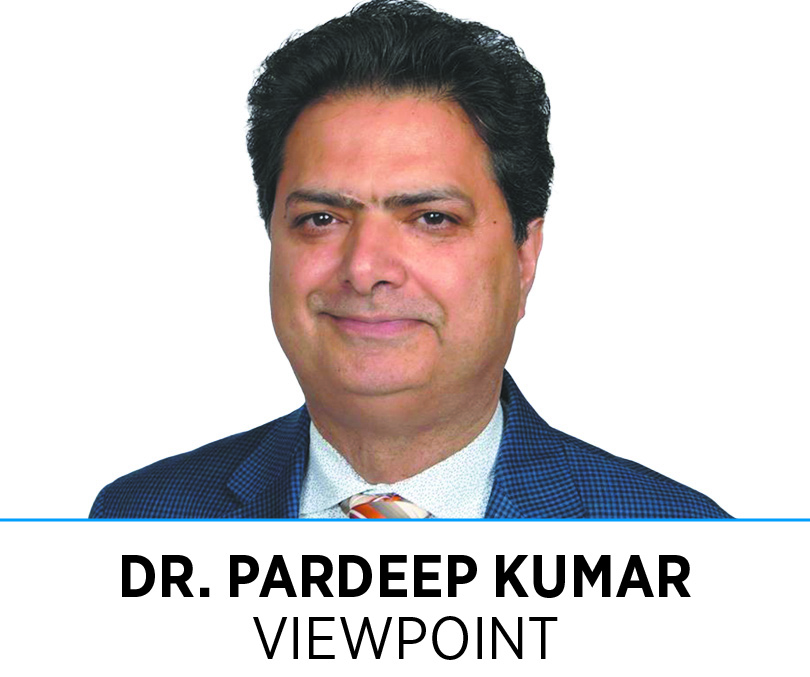Subscriber Benefit
As a subscriber you can listen to articles at work, in the car, or while you work out. Subscribe Now As the 2023 General Assembly session enters its final stretch, legislators must make final decisions on their biennial responsibility of crafting Indiana’s next budget. This year, the decision-making includes a dilemma placed before legislators by the federal government, with physicians caught in the middle.
As the 2023 General Assembly session enters its final stretch, legislators must make final decisions on their biennial responsibility of crafting Indiana’s next budget. This year, the decision-making includes a dilemma placed before legislators by the federal government, with physicians caught in the middle.
HIP 2.0, Indiana’s vehicle for the Affordable Care Act’s expansion of Medicaid eligibility, was built on the foundation of the original, pre-ACA Healthy Indiana Plan. Both the original HIP, which began in 2008, and HIP 2.0, which followed seven years later, reimburse participating physicians at the same rate as Medicare.
When the federal Centers for Medicare and Medicaid Services approved HIP 2.0 in 2015, the agency expressed concern about this structure since it reimburses some Medicaid services—those delivered through HIP—at a higher rate than others. In 2020, CMS turned its concerns into action, finalizing a new rule requiring all states to set uniform reimbursement rates for Medicaid and ordering Indiana to ask physicians to repay a half-billion dollars now considered excessive.
Thankfully, CMS granted Indiana’s appeal to drop the repayment demand and give the state until next year to equalize the rates. There are two ways to do that: Raise reimbursements for non-HIP services or cut them for HIP. The Indiana State Medical Association is grateful to legislators for seeking a middle ground between the two but urges budgeters to go further and treat Medicaid reimbursements the same as Medicare—the same parity HIP has granted physicians for 15 years.
Indiana physicians already struggle with steadily eroding reimbursements. A Rand Corp. study finds Indiana’s physicians are among the lowest-paid in the nation. By linking Medicaid rates to those under Medicare, the state has frozen reimbursements at rates that have not increased since the last century.
When adjusted for inflation, physicians have seen a 20% cut in reimbursements over the last 20 years. The federal omnibus spending bill signed into law in December added still another cut, slicing Medicare reimbursements 2% this year, with a 3.25% cut to follow in 2024.
Stagnant reimbursement rates have a financial impact beyond just physicians. Physician-owned practices are small businesses with multiple employees whose livelihoods are already under strain from persistent inflation. If rates as a percentage of Medicare are reduced, payments for health services rendered will be reduced not only in terms of real dollars but also in today’s dollars, a cut that will be felt from the examination room to the reception desk.
Gov. Eric Holcomb’s budget proposed setting the rate at 83% of Medicare, an increase for non-HIP services from the current 75%. House Republicans’ budget nudged the rate to 90%. This increase both represents progress and demonstrates awareness of the challenge created by the equalization requirement. However, it still represents a 10% pay cut for HIP services for physicians who have worked to make the program successful.
Physicians understand that legislators face a daunting array of funding priorities to balance in every budget. Even within the health care arena, legislators this year are working to increase funding for residencies through the graduate medical education program—an increase the ISMA enthusiastically supports—and must decide how much money to spend on a proposed expansion of local public health efforts. However, we hope the final budget will come as close as possible to the reimbursement ratio on which physicians have relied the last 15 years.•
__________
Kumar, a physician, is president of the Indiana State Medical Association.
Please enable JavaScript to view this content.
